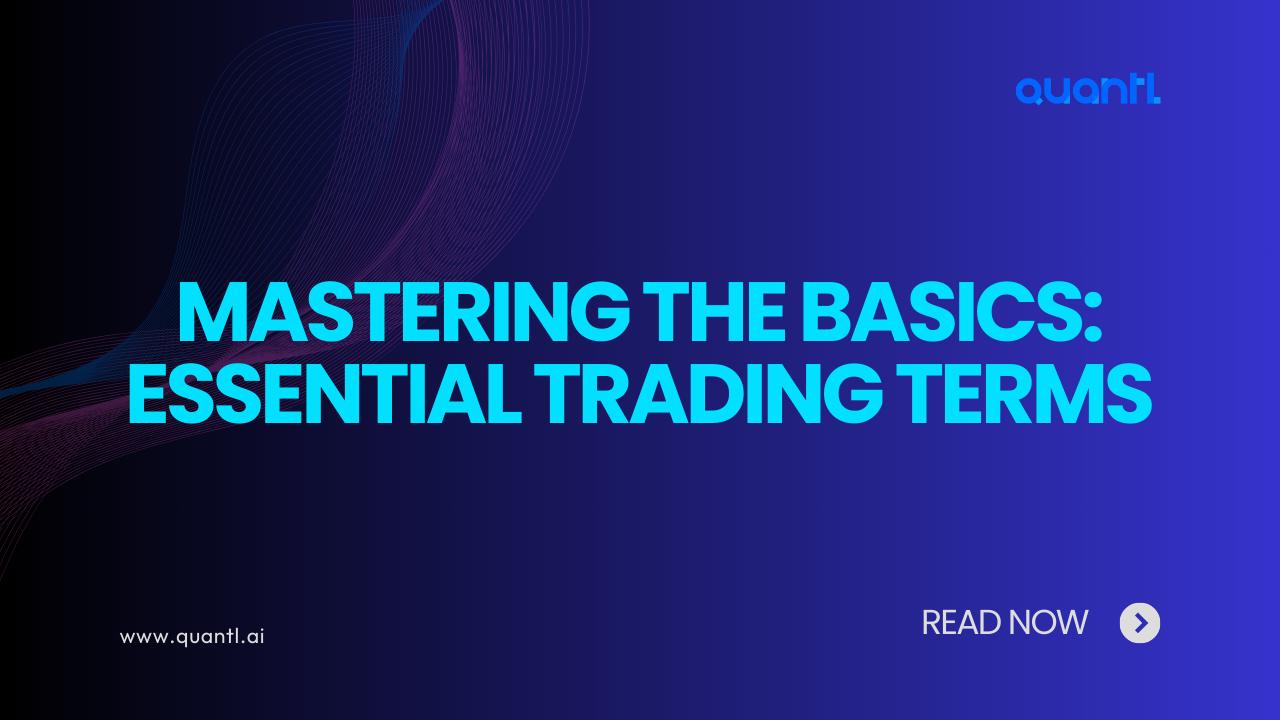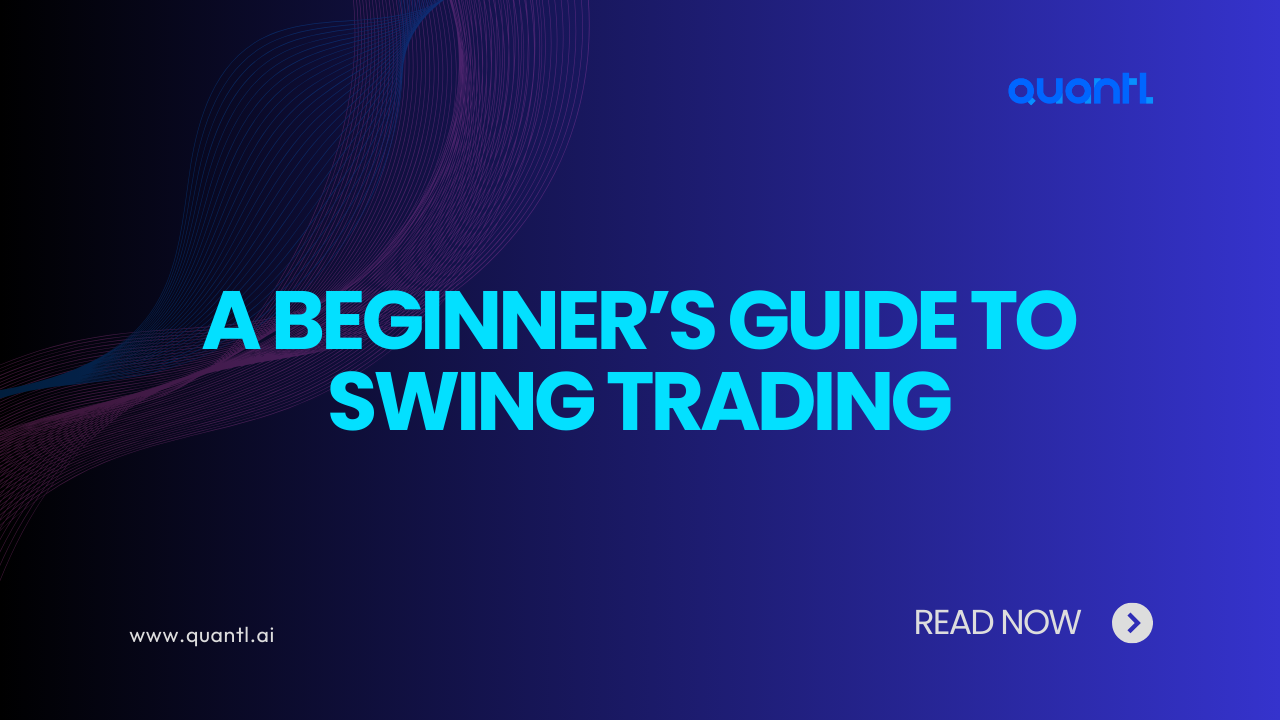Entering the world of trading can be overwhelming, especially with the vast array of terms and jargon used in the industry. Understanding these key terms is crucial for anyone looking to navigate the financial markets with confidence. In this blog post, we’ll cover a comprehensive glossary of essential trading terms every beginner should know. Whether you’re just starting out or looking to brush up on your knowledge, this guide will help you build a solid foundation for your trading journey.
1. Ask Price
The ask price is the lowest price a seller is willing to accept for a particular asset. It is also known as the “offer” price. When you want to buy a security, you typically pay the ask price.
2. Bid Price
The bid price is the highest price a buyer is willing to pay for an asset. When selling a security, you will typically receive the bid price.
3. Spread
The spread is the difference between the bid price and the ask price. It represents the cost of executing a trade and can vary depending on market conditions and liquidity. A narrow spread usually indicates high liquidity, while a wide spread may suggest low liquidity.
4. Market Order
A market order is an instruction to buy or sell an asset immediately at the best available current price. Market orders are executed quickly but may result in paying more or selling for less than anticipated if the market is moving rapidly.
5. Limit Order
A limit order is an instruction to buy or sell an asset at a specific price or better. For example, if you place a buy limit order, the trade will only execute if the asset’s price falls to or below your specified limit.
6. Stop-Loss Order
A stop-loss order is an order placed to sell an asset once it reaches a certain price, designed to limit an investor’s loss on a position. It’s a crucial risk management tool for traders looking to protect their capital.
7. Take-Profit Order
A take-profit order is an order to sell an asset once it reaches a certain profit level. This order automatically locks in profits when the asset hits the specified price target.
8. Leverage
Leverage refers to the use of borrowed capital to increase the potential return of an investment. It allows traders to control a larger position with a smaller amount of capital. However, leverage can amplify both gains and losses, making it a double-edged sword.
9. Margin
Margin is the collateral that a trader must deposit with their broker to cover the risk of borrowing money to trade assets. It’s closely related to leverage, as it allows traders to open positions larger than their account balance.
10. Bull Market
A bull market is a market condition characterized by rising asset prices and a general sense of optimism. Bull markets can last for months or even years, and they encourage traders to buy assets in anticipation of further price increases.
11. Bear Market
A bear market is the opposite of a bull market, characterized by falling asset prices and widespread pessimism. In a bear market, traders may sell off assets to avoid losses or take short positions to profit from declining prices.
12. Short Selling
Short selling is a trading strategy that involves borrowing an asset, selling it at the current market price, and then buying it back later at a lower price. The goal is to profit from a decline in the asset’s price. Short selling carries significant risk, as the potential losses are theoretically unlimited.
13. Volatility
Volatility refers to the degree of variation in an asset’s price over time. High volatility means that an asset’s price can change rapidly and unpredictably, while low volatility indicates more stable price movements. Traders often seek to profit from volatile markets, but they also carry higher risk.
14. Liquidity
Liquidity is a measure of how easily an asset can be bought or sold in the market without affecting its price. Highly liquid assets, such as major stocks or currencies, can be traded quickly and with minimal price impact. Low liquidity assets may be harder to trade and can experience larger price swings.
15. Diversification
Diversification is an investment strategy that involves spreading investments across different assets, sectors, or markets to reduce risk. By holding a variety of investments, traders can protect themselves against significant losses in any one area.
16. Index
An index is a statistical measure that tracks the performance of a group of assets, such as stocks or bonds. Common examples include the S&P 500, which tracks the performance of 500 large-cap U.S. companies, and the Dow Jones Industrial Average (DJIA), which tracks 30 significant U.S. companies.
17. ETF (Exchange-Traded Fund)
An ETF is a type of investment fund that holds a basket of assets, such as stocks, bonds, or commodities, and trades on an exchange like a stock. ETFs offer diversification, liquidity, and typically lower fees than mutual funds, making them popular among traders and investors.
18. P/E Ratio (Price-to-Earnings Ratio)
The P/E ratio is a valuation metric that compares a company’s current share price to its earnings per share (EPS). It’s used to determine whether a stock is overvalued or undervalued relative to its earnings. A high P/E ratio may indicate that a stock is overvalued, while a low P/E ratio may suggest it’s undervalued.
19. IPO (Initial Public Offering)
An IPO is the process by which a private company becomes publicly traded by offering its shares to the public for the first time. IPOs are often highly anticipated events, as they provide opportunities for investors to buy shares in a company before it becomes widely traded.
20. RSI (Relative Strength Index)
The RSI is a technical indicator used to measure the speed and change of price movements. It ranges from 0 to 100, with readings above 70 indicating that an asset may be overbought (and thus likely to fall) and readings below 30 suggesting that it may be oversold (and thus likely to rise).
21. Moving Average
A moving average is a widely used technical indicator that smooths out price data by creating a constantly updated average price over a specified period. It helps traders identify trends and potential reversal points.
22. Candlestick Chart
A candlestick chart is a type of price chart used in technical analysis that displays the high, low, open, and close prices of an asset for a specific period. Each “candlestick” provides a visual representation of price action, with different patterns indicating potential market trends.
23. Fibonacci Retracement
Fibonacci retracement is a technical analysis tool that uses horizontal lines to indicate areas of support or resistance at the key Fibonacci levels before the price continues in the original direction. Traders use it to identify potential reversal points.
24. Arbitrage
Arbitrage is the practice of taking advantage of price differences in different markets by buying an asset in one market and simultaneously selling it in another. It requires speed and precision, as price discrepancies are often small and short-lived.
25. HFT (High-Frequency Trading)
HFT is a type of trading that uses powerful computers to execute a large number of orders at extremely high speeds. High-frequency traders seek to profit from very small price discrepancies that last only fractions of a second.
Why Knowing These Terms is Crucial for Your Trading Journey
Understanding these key trading terms is fundamental for anyone looking to succeed in the financial markets. Whether you’re a complete beginner or looking to expand your knowledge, being familiar with these concepts will help you navigate the complexities of trading with greater confidence.
But remember, knowing the terminology is just the beginning. Successful trading also requires a well-thought-out strategy, disciplined risk management, and continuous learning. This is where automated trading strategies can play a significant role in your journey.
How QuantL AI Can Help You Get Started
At QuantL AI, we are committed to helping you succeed in the trading world by offering cutting-edge automated trading strategies. Our platform is designed to simplify your trading experience, whether you’re just starting out or are an experienced trader.
Why Choose Our Automated Trading Solutions?
Time Efficiency: Our automated strategies allow you to trade without the need for constant monitoring, freeing up your time for other pursuits.
Precision and Speed: With real-time market data and automated execution, our strategies ensure that you capitalize on opportunities as they arise, minimizing human error.
Diversification: Our platform enables you to trade a variety of assets, helping you to diversify your portfolio and mitigate risk.
User-Friendly Interface: Our platform is designed with both beginners and experienced traders in mind, offering an intuitive user experience that makes automated trading accessible to everyone.
Understanding the basics of trading is essential, but turning that knowledge into action is where real success lies. Let us help you take the next step in your trading journey with our innovative automated solutions. Ready to get started? Visit our website or contact us today to learn more.
For more information on how our automated trading strategies can benefit you, visit quantl.ai or get in touch with our team at [email protected]. We’re here to support you every step of the way!





